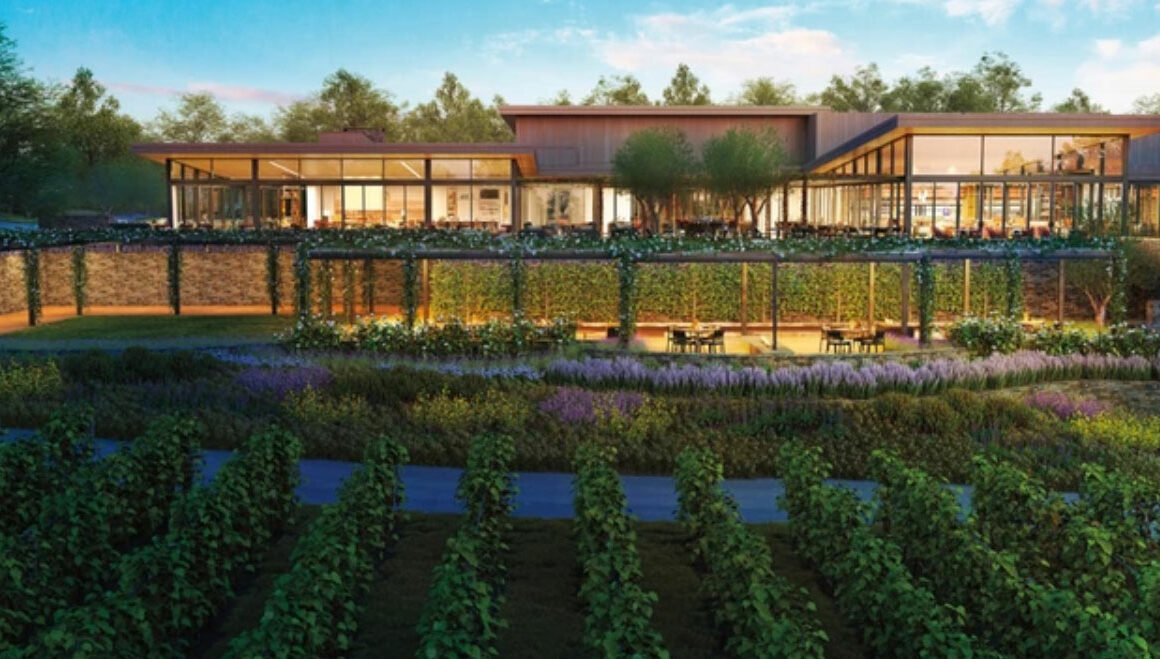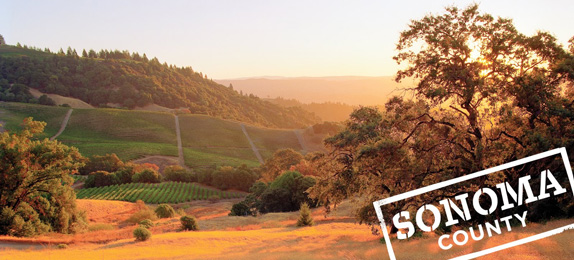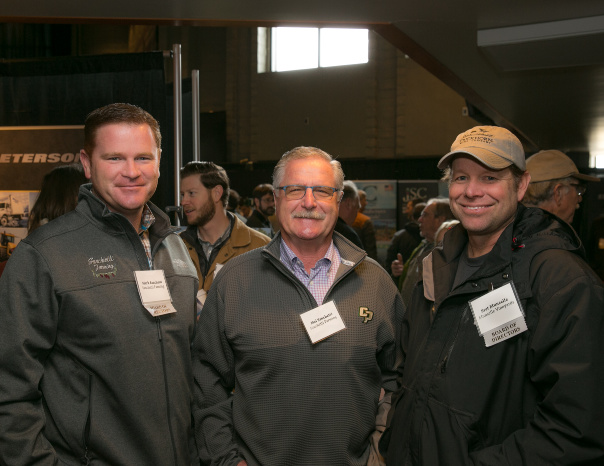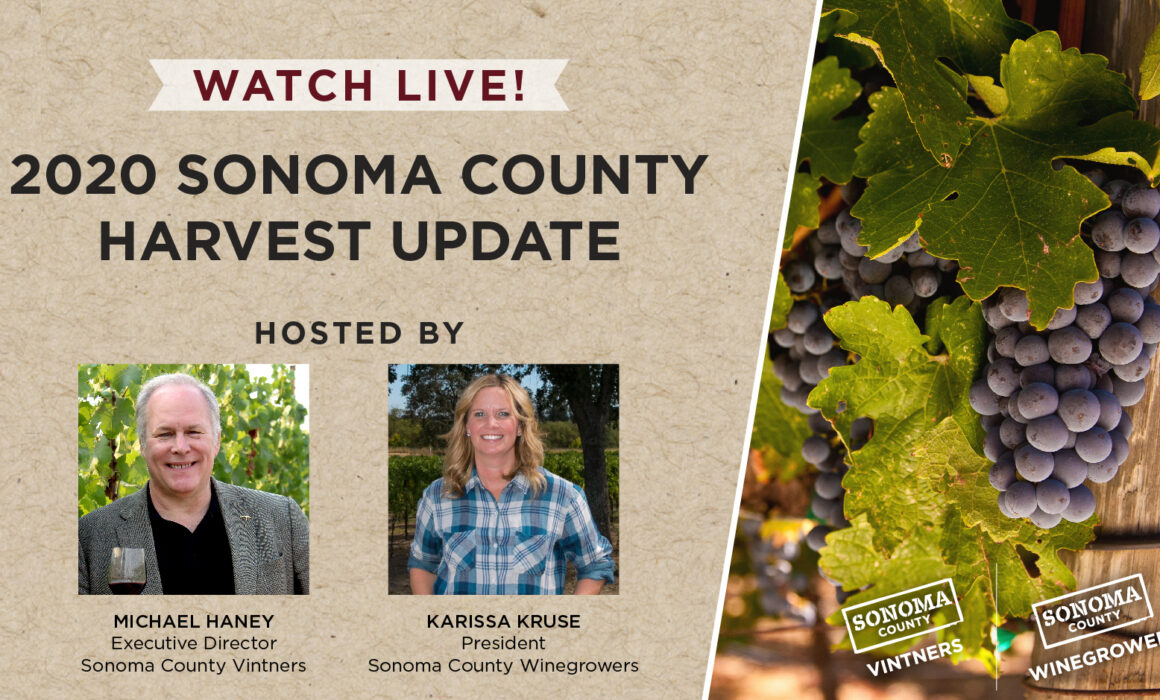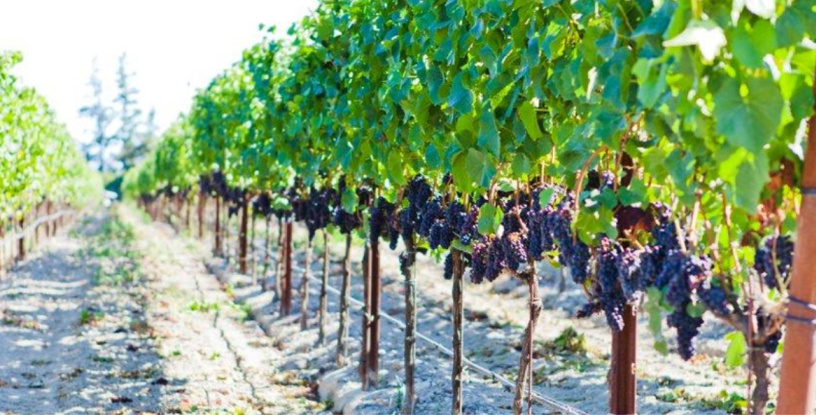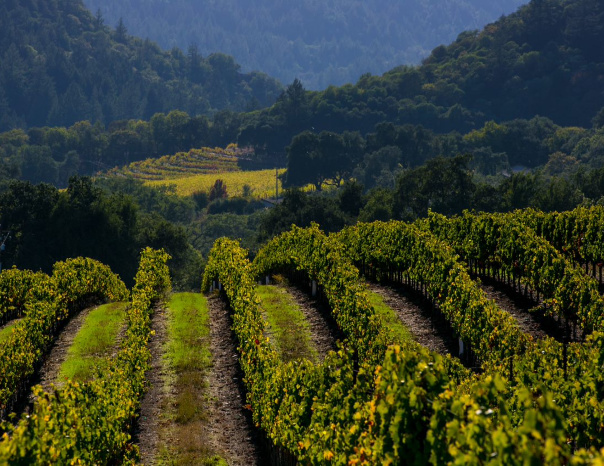New Cal/OSHA Emergency Standard Approved – A Message from CAWG
On Monday, November 30th, 2020, the Office of Administrative Law approved a new emergency standard from the Occupational Health and Safety Standards Board. This new regulation takes effect immediately.
CAWG is hosting a webinar on new wage and hour law issues on December 3, which will include a discussion of this new regulation. CAWG will also be hosting a webinar in the next week that is focused exclusively on this regulation.
The emergency regulation is very prescriptive and detailed. It includes a significant paid time off mandate for employees excluded from the worksite. While this regulation may be challenged in court, it takes effect immediately, remains in full effect and employers should prepare for full enforcement actions by Cal/OSHA.
| A few highlights of the regulation are below: |
| Housing
· Strict requirements for spacing of beds, cleaning, social distancing, masks, etc. · Applies to all housing “arranged for” by the employer. This includes, H-2A, hotels, etc. · Makes no distinction between types of housing. Transportation · Strict requirements for spacing of passengers in vehicles, cleaning, social distancing, masks, etc. · Applies to all transportation “arranged for” by the employer. This includes company owned vehicles, Cal Vans, employer provided airline tickets, rental cars, Uber, etc. · Makes no distinction between types of transportation. Written COVID-19 Prevention Program · Must include specific elements. · May be a stand-alone document or incorporated into an employer’s existing IIPP. · Notice of COVID-19 exposures and cases. · Must notify within one business day. · Many of the notice requirements overlap with AB 685. · Must notify local public health departments of “outbreaks.” An outbreak may be as few as three cases, regardless of the total number of employees. Exclusion of COVID-19 Cases and Exposures · Very specific timelines for requiring exclusion of employees that have COVID-19 or have been exposed. · Must continue and maintain earnings, seniority, benefits and right to return to former job. · Specific return to work criteria. · Cannot require employees obtain a negative test before returning to work (differs from CDC guidelines). Testing · Must offer free testing during working hours when there has been one positive case in the workplace. · Additional weekly or twice weekly testing requirements for “outbreaks” (3 cases in 14 days) and “major outbreaks” (20 cases in 30 days). Additional specific requirements related to physical distancing, face coverings, employer-provided transportation and housing, and training and instruction. |
Sonoma County Winegrowers Look to Reset After Unimaginable 2020 Season
Grower Survey Highlights State of the Winegrape Community Following Pandemic and Wildfires
SANTA ROSA, Calif. (October 20, 2020) – Though the 2020 growing season enjoyed near-perfect growing conditions, a mid-August lightning storm during a global pandemic resulted in a dramatic turn for Sonoma County’s winegrapes and a financial blow to the region just as it has with other wine regions across California.
“No one could have predicted how the external events of 2020 would impact the entire community in Sonoma County including growers, vintners, workers, local hotels, restaurants, stores, suppliers and, ultimately, local residents,” said Karissa Kruse, president of the Sonoma County Winegrowers. She added, “We estimate between 25% – 30% of the Sonoma County winegrape harvest will go unpicked due to the pandemic and fires. We are also still waiting to learn what wines will be made this year. So far, we have identified approximately a $150,000,000 loss to growers which will have a ripple effect on the County’s local wine and tourism industries which can contribute up to $13.4 billion annually to the local economy in a normal year.”
Given the extensive national media focus on wine country in recent months, Sonoma County Winegrowers sought accurate data to determine the state of the winegrowing community and the effect on the 2020 harvest season. The organization just completed a survey of its growers and released the results today. Among the key findings:
• More than 70% of all winegrape growers in Sonoma County anticipate having at least some grapes that will go unpicked or be rejected by wineries due to the wildfires.
• Grape growers estimate that the total tonnage of unpicked grapes due to marketplace dynamics, COVID’s impact on local wineries and tourism, and the fires will exceed 50,000 tons, this is on a lower than average base of 180,000 tons due to the anticipated lighter crop this season.
• The estimated crop value for winegrapes that were not harvested equates to approximately $151,657,081.
In addition to the financial losses from this year’s wildfires, growing winegrapes in Sonoma County in recent years has been physically and mentally hard on growers, vineyard workers and their families.
“One of the bright spots in a dismal year has been the recent efforts of our winegrowers to transform their businesses to prepare for an ever-changing future,” said Kruse. She added, “Following the fires in 2017, the grower community set out to adopt a new approach to doing business which included hiring more full-time employees to secure a stable, talented workforce.”
After a decade of labor shortages and losing additional employees to jobs in construction and an emerging cannabis industry, local winegrape growers began shifting away from relying on seasonal vineyard workers to hiring full-time employees which eliminated the need to constantly attract and secure new seasonal workers each year. Today, more than 80% of local vineyard workers in Sonoma County are full-time which is almost a 20 percent increase since 2017. Full-time employment provides a level of permanency for workers and their families enabling them to establish roots in the community while securing a skilled, knowledgeable workforce for employers for the future.
According to the grower survey:
• Today, more than 80% of local vineyard workers in Sonoma County are full-time which is nearly a 20 percent increase since 2017.
• Women now account for 20% of the local vineyard workforce.
• The average hourly rate of pay for Sonoma County vineyard workers is $19.87 per hour. The average hourly wage has increased $3.13 per hour since 2017.
• During the same period, the shift to full-time employment has led to a decrease in the seasonal workforce by approximately 50 percent, mechanized harvesting is now done on 30% of the vineyard acres in Sonoma County and participation in the H-2A Guest Worker Program continues to grow.
• In Sonoma County, just 5.6% of the region’s Latinx population are employed as vineyard workers.
This year can certainly be defined as challenging for the region. Fortunately, as a result of the early harvest, more than 15% of the winegrapes had been picked before the LNU complex fires began and 90% had been harvested by the start of the “Glass Fire” which was the year’s third major wildfire in Sonoma County. Once again, many winegrape growers, vineyard workers and their families in Sonoma County were forced to evacuate their homes and ranches. In response, the Sonoma County Grape Growers Foundation reopened its Resiliency Fund in August to raise money to support local farmworkers who may have been impacted through evacuations or loss of work.
Through the Resiliency Fund nearly $100,000 in financial assistance has been provided to more than 200 farmworkers and their families who lost their homes or were forced to evacuate from the fires this year. Another 40 farmworkers and their families who were negatively impacted by COVID-19 also received financial assistance from the fund. Since 2017, the Foundation has supported over 1,500 local farmworkers and provided $1.3 million in direct financial assistance.
Additionally, throughout the year, the Foundation has been leading the charge to help prevent the spread of COVID-19. It distributed more than 14,000 masks to local grape growers for their employees. It also produced videos in Spanish to assist with the communication and understanding of COVID-19 and best practices on how to stay safe. The videos were used for a social media campaigns and advertising directed at the Latinx community.
Looking ahead, top concerns for Sonoma County winegrowers are wanting more research on the impacts of smoke; access to rapid testing to measure smoke exposure; and, a dedicated effort to clean up dead trees and brush in forests and woodlands to prevent or slow the spread of fires. Most of all, Sonoma County winegrowers await the opportunity to share their wine and region with neighbors and visitors in the months ahead.
“We are grateful for the resolve of Sonoma County winegrowers who remain committed to their vineyards and employees. The best way to support our growers, workers, families, and community is to purchase Sonoma County wine whenever possible, and especially cherish wines from the 2020 vintage. They will be hard earned and well loved” said Kruse. She added, “While there will be a 2020 Sonoma County vintage, we are hoping for a long, boring 2021 season.”
For more information about the Sonoma County Grape Growers Foundation, visit: https://www.scggf.org/
Nominations for 2020 Sonoma County Winegrape Commission Board Election Now Open!
Dear Grape Growing Community,
Nominations are being sought for the Sonoma County Winegrape Commission Board of Directors. There are 5 Board Commissioner Seats and 5 Alternate Member Seats available for the Fiscal Year 2020 & 2021 term which will run from January 1st, 2021 – June 30th, 2022.
Individuals, owners, management level employees or representatives on behalf of a producer that is a sole proprietorship, family ownership, partnership, corporation, limited liability company, or trust entity willing to serve on the Commission Board, should contact Kate Piontek at kate@sonomawinegrape.org to request a nomination form.
Any individual who seeks nomination should be in compliance with all Commission law, bylaws, conflict of interest codes, and procedures, including but not limited to payment of assessment. The nominee shall submit to the Commission no later than October 31st, 2020 a written notice of his or her intent to seek election. Eligible nominees will be listed on the 2020 Commission Ballot and sent to all producers no later than November 15th, 2020. Ballots must be returned by November 30th, 2020 to allow for a 15 day voting period.
Please let us know if you have any questions surrounding this year’s Board Elections and if you are interested in serving on our Board of Directors!
Warmly,

Sonoma County Harvest 2020 Webinar Video
In case you missed our live webinar this week on the start of harvest here in Sonoma County, we have you covered! Pour a glass of wine and click below to see the full webinar and hear harvest news from Sonoma County Winegrowers President, Karissa Kruse, Sonoma County Vintners Executive Director, Michael Haney, Cameron Mauritson of Mauritson Farms and Nicole Hitchcock of J Cellars.
Vine Times, Summer 2020
We hope by now you’ve received your summer copy of Vine Times! Our summer edition hit mailboxes in early June. If not, read the latest edition here.
Sonoma County ZOOM Backgrounds
ZOOM meetings have become a part of our daily lives in ways most of us probably couldn’t have imaged just a few short months ago. If you are tired of seeking out the perfect space in your home, or you just want to give your colleagues a little virtual vacation, we have a solution for you! Download one of our Sonoma County ZOOM backgrounds and transport your meeting to a vineyard, or the redwoods, or to a beautiful beach on the Sonoma Coast!
We can’t guarantee your favorite cat (or kid) won’t interrupt the tranquil setting you’ve chosen, but we can promise that these spectacular settings will have you dreaming of better days ahead with your favorite glass of Sonoma County wine.
Just follow three simple steps to use:
Step 1.
Once you’ve chosen the background you would like to use, RIGHT-CLICK and choose SAVE IMAGE AS… Give it a name that will be easy to find.
Step 2.
Log into Zoom and open your account settings or when you are in a meeting, click the “up” arrow next to “Start Video” in the lower left corner.
Step 3.
Select “Choose a Virtual Background” then press the + (plus) sign to upload the photo you saved. You can store multiple ZOOM background options for use!
Photos by Will Bucquoy
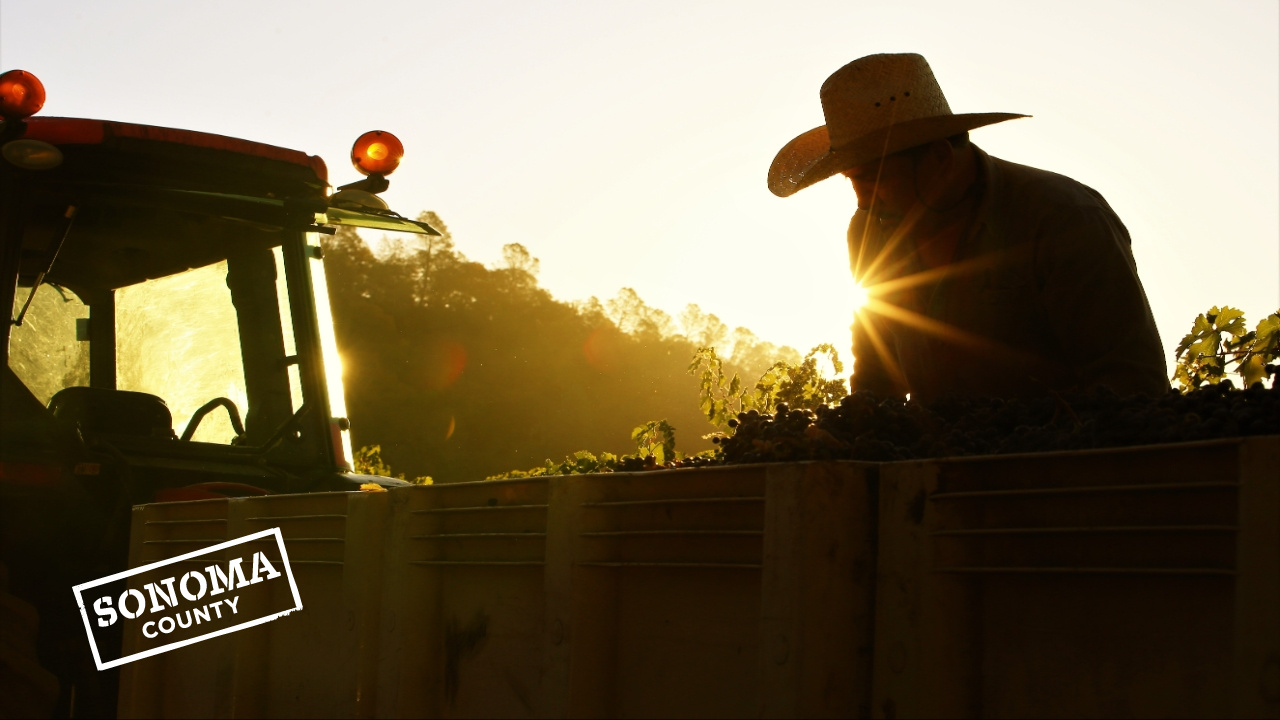
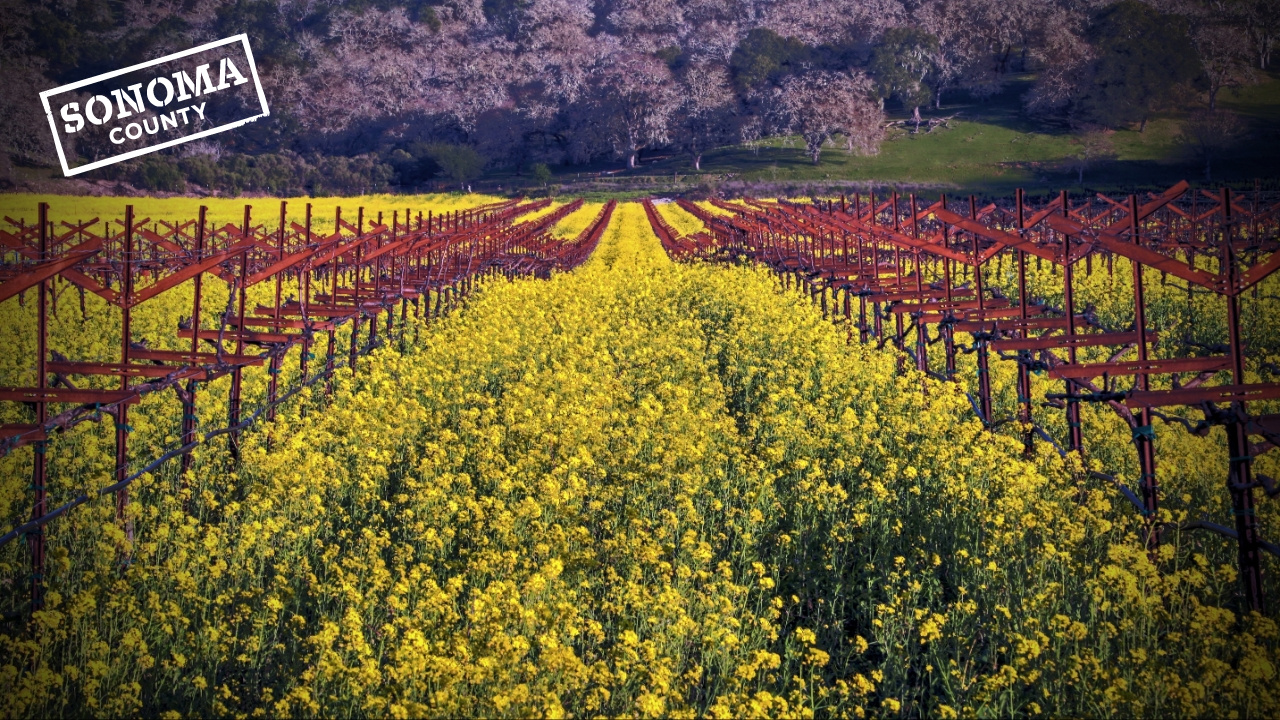
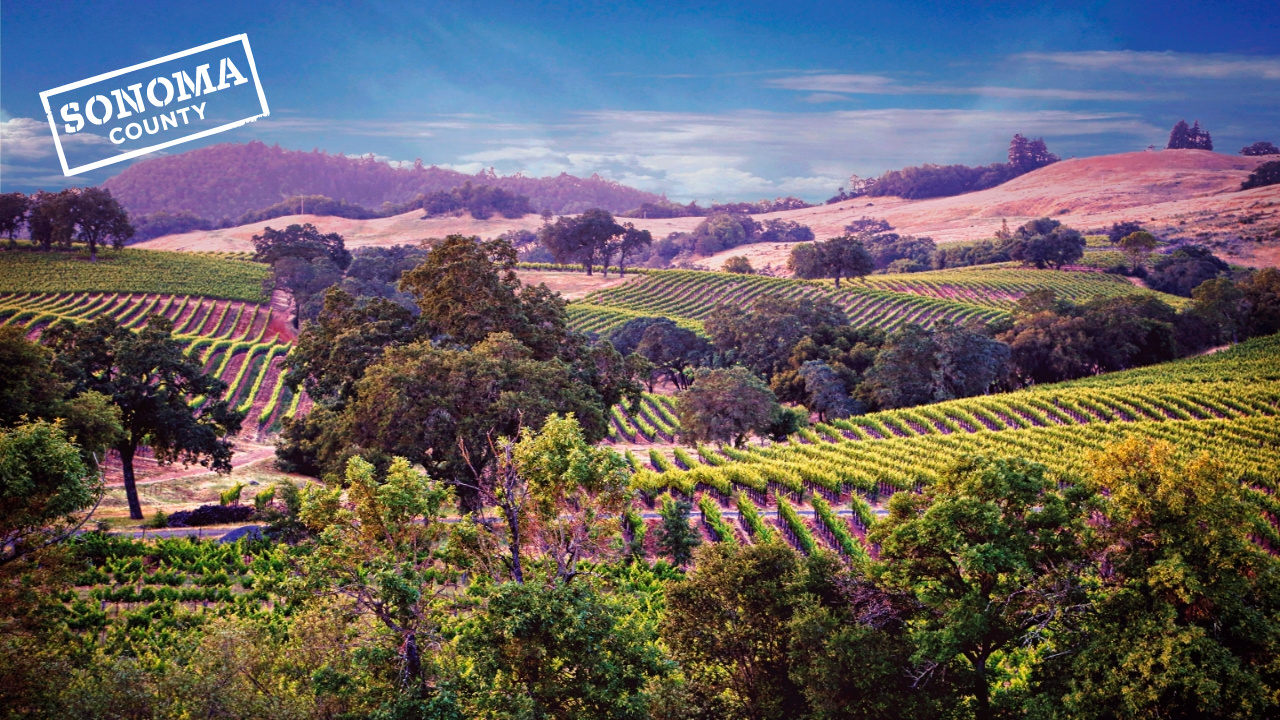

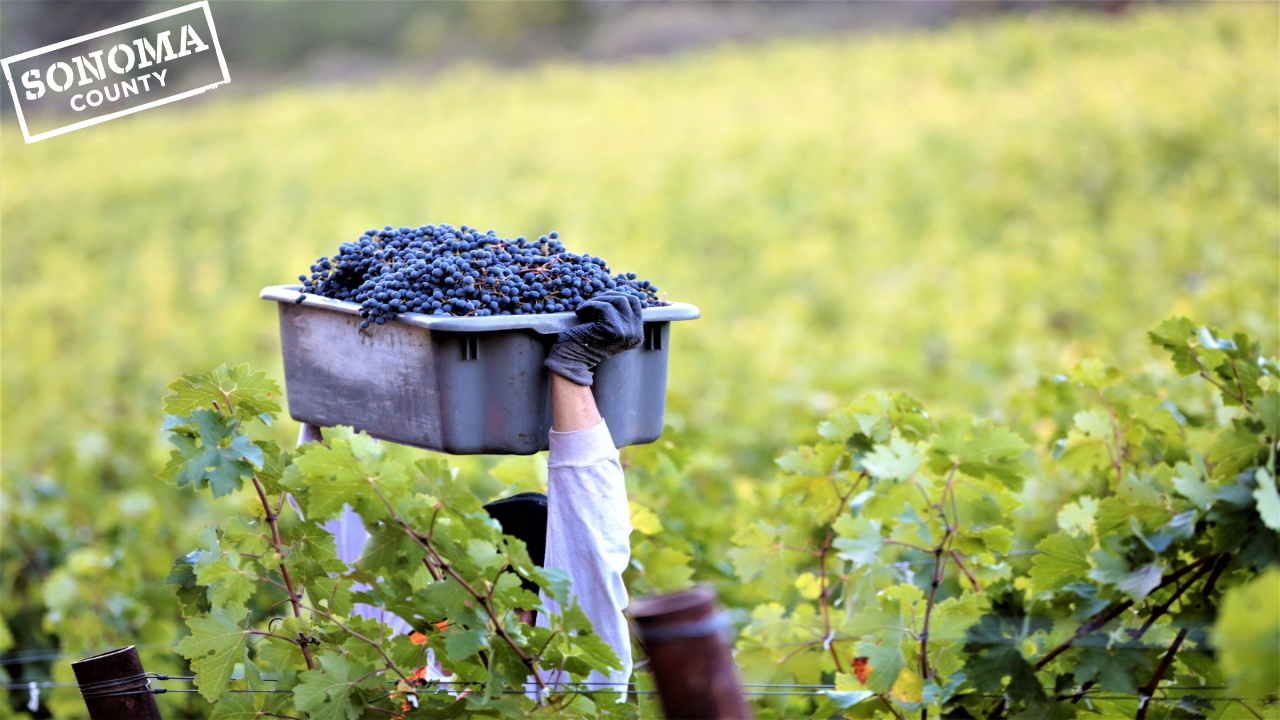
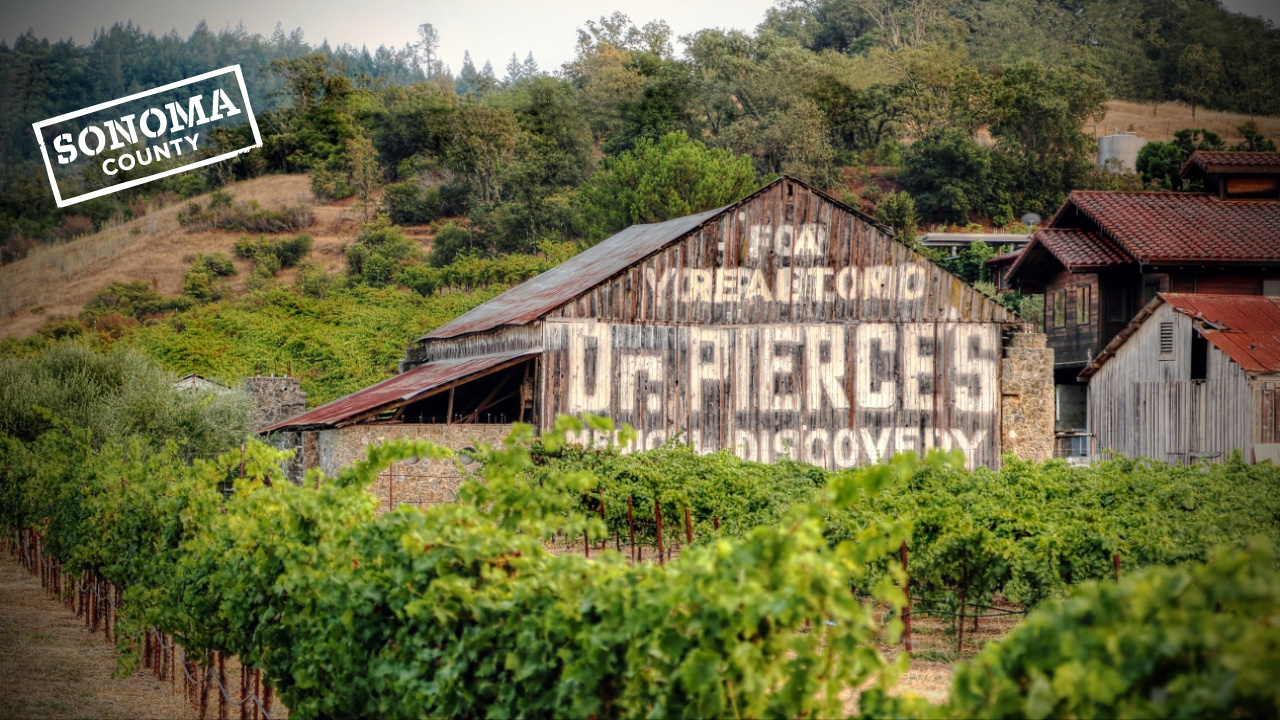
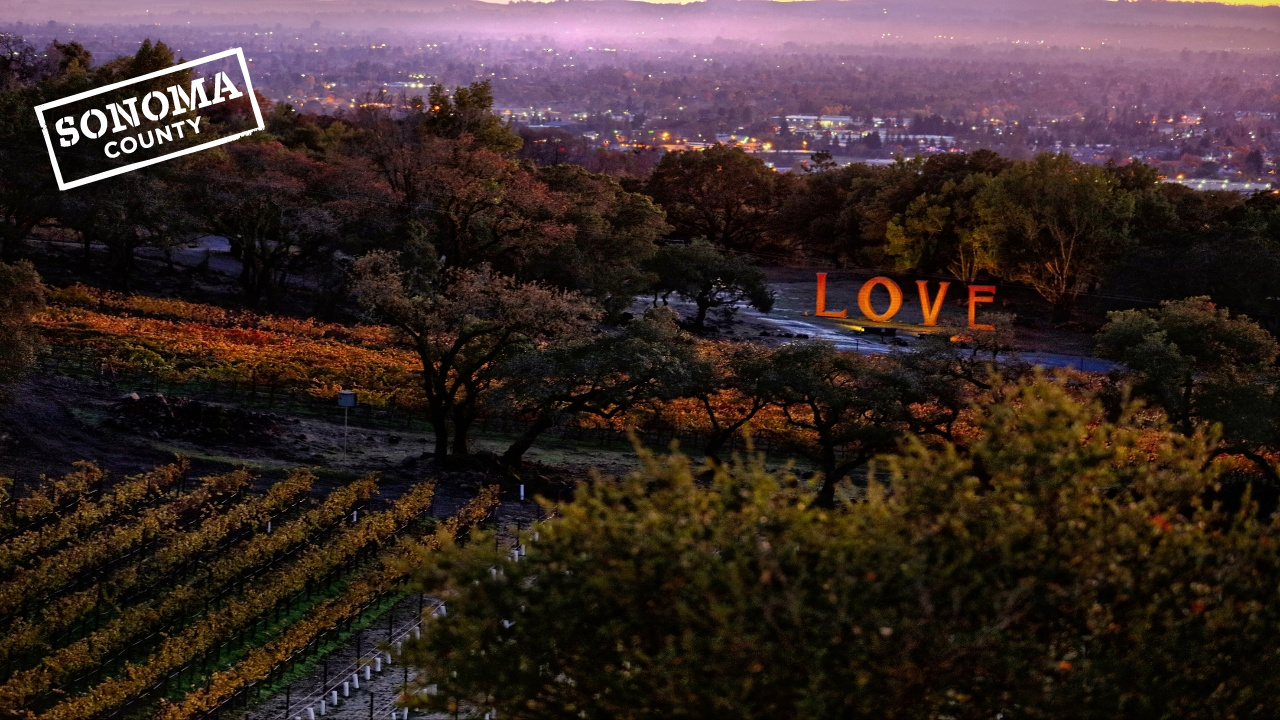
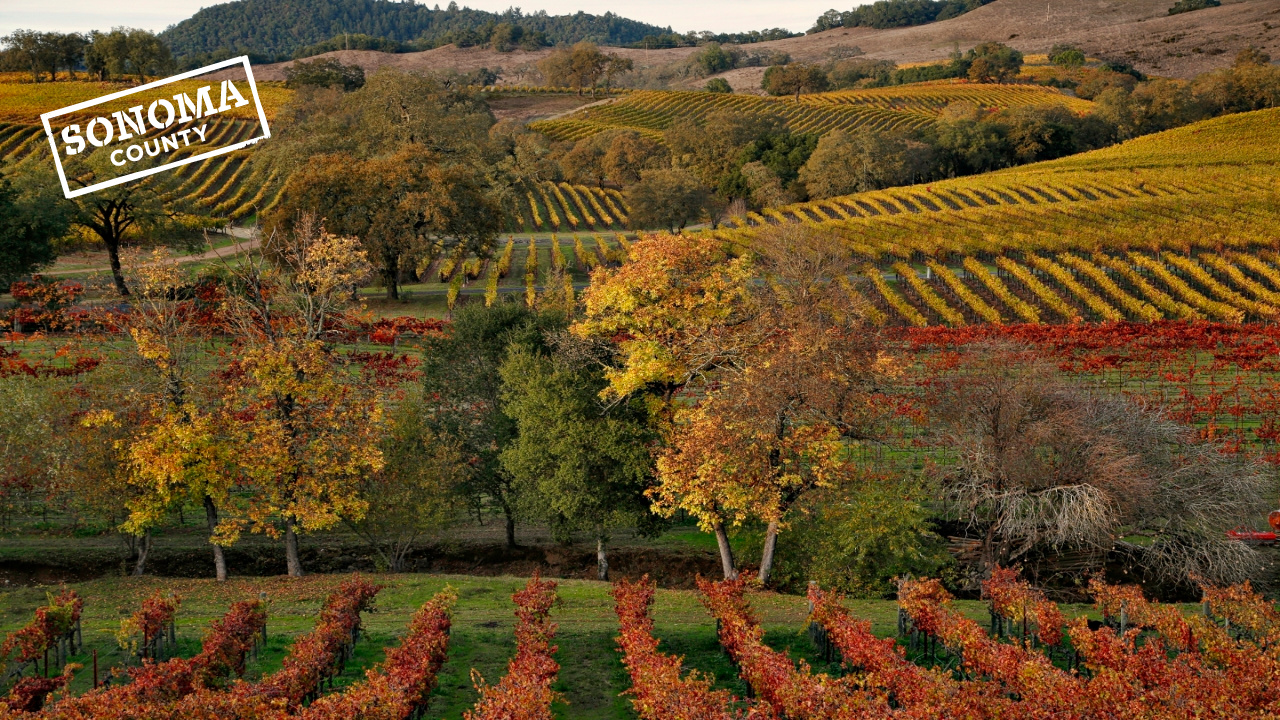



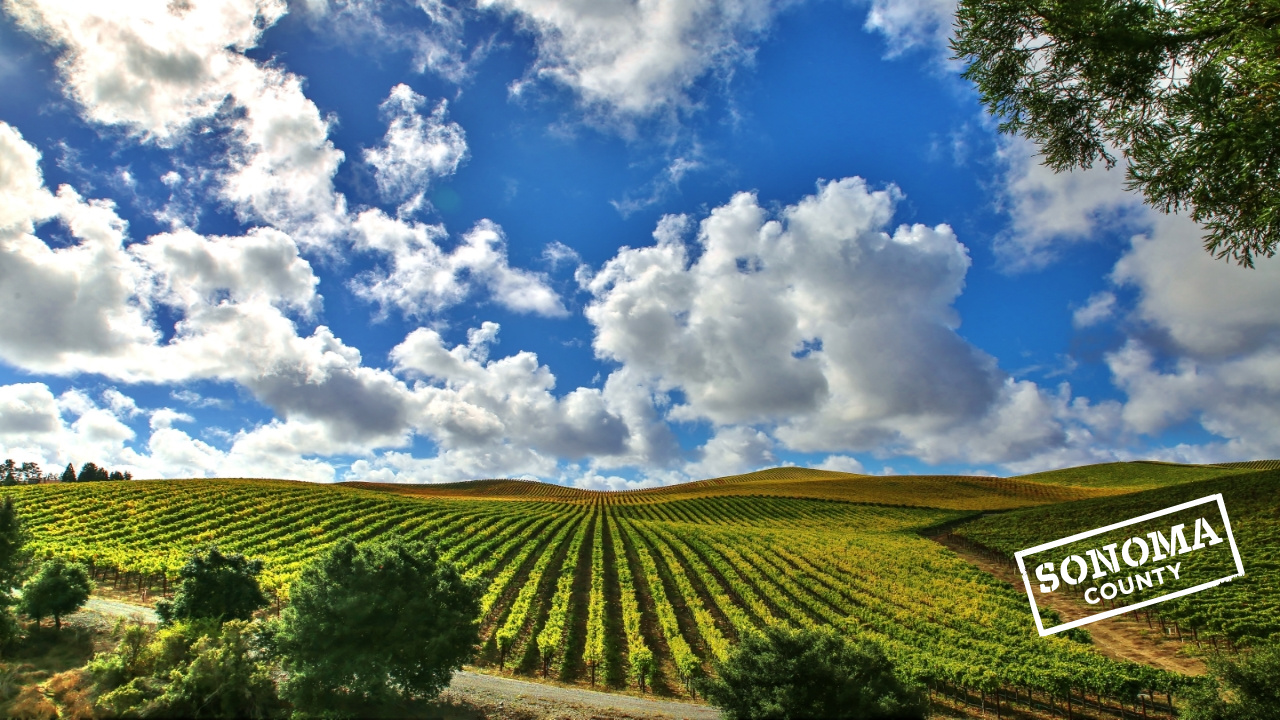

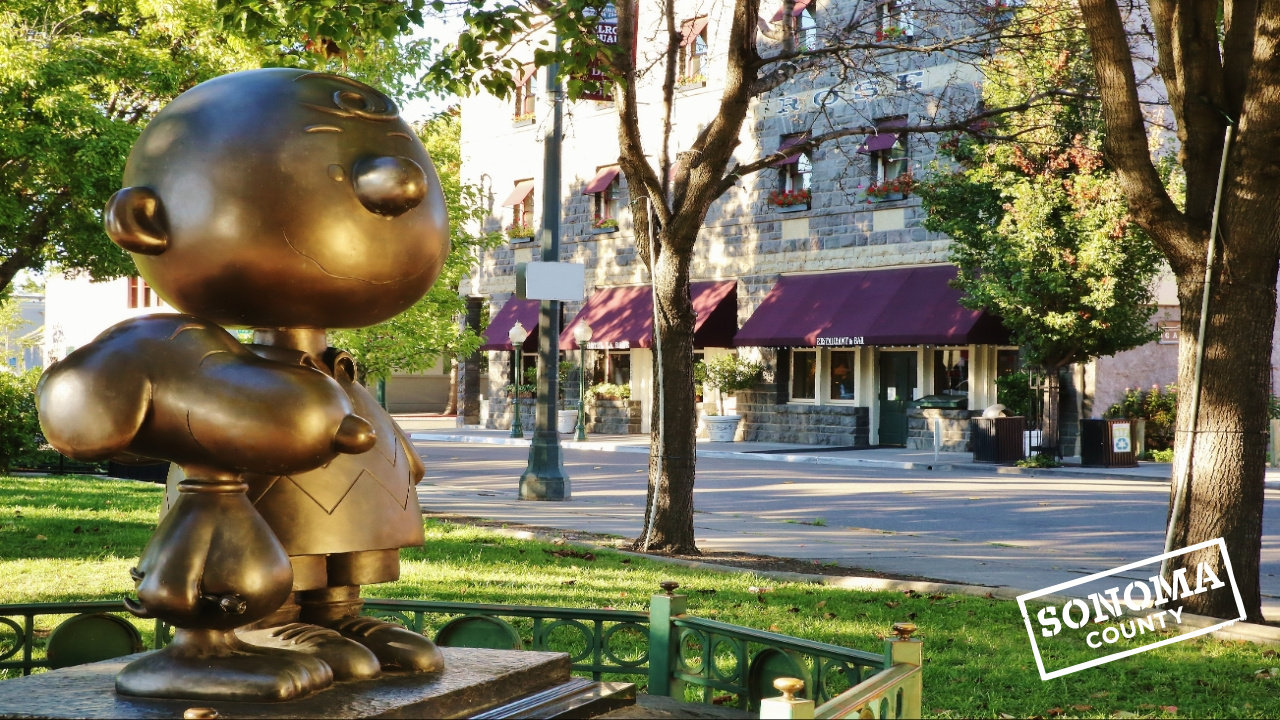
World’s Best Vineyards Announces Online Event
The World’s Best Vineyards 2020, due to take place in Sonoma County, California on 13 July, will now become a virtual ceremony hosted on the same date. Read the full article here.
Understanding the Paycheck Protection Program (PPP)
The Paycheck Protection Program is a loan designed to provide a direct incentive for small businesses (under 500 employees) to keep their workers on the payroll. The loan funds can be applied to the following expenses: payroll costs, interest on mortgages, rent, and utilities. All loan terms will be the same and the United States Small Business Association (SBA) will forgive the entire loan if all employees are kept on the payroll for eight weeks and at least 75% of the money is used for payroll, rent, mortgage interest, or utilities. Agricultural producers are eligible to participate in the program and should reach out to their bankers and/or agricultural lenders to apply immediately. While SBA still needs to confirm some administrative details, loans will be provided on a first-come, first-served basis and producers can get started on the application now.
- For a top-line overview of the PPP program CLICK HERE
- Information for prospective borrowers can be found HERE
- The application for borrowers can be found HERE
The best POC for questions on the Paycheck Protection Program is the Lender Relations Specialist in your local SBA Field Office. The local SBA Field Office may be found at https://www.sba.gov/tools/local-assistance/districtoffices.
California Wine Institute Covid-19 Industry Resources
The California Wine Institute has compiled informational sources to help those within our industry understand the recent orders, regulations and resources available to the California wine and winegrape industry. Please browse the links below for more information.
- California State Association of Counties: Map of Counties Response and Other Resources
- State of California – FAQs on State “Stay at Home” Order
- Centers for Disease Control and Prevention: Interim Guidance for Businesses and Employers
- Department of Labor: Questions about Family Medical Leave Act and Fair Labor Standards Act
- California Labor Commissioner – FAQs on Administering Paid Sick Leave
- Department of Labor: Occupational Safety and Health Administration COVID-19 Overview
- Occupational Safety and Health Administration: COVID-19 Control and Prevention
- California Department of Public Health: Guidance to Prevent the Transmission of COVID-19 in Food and Beverage Venues
- FDA: Recommendations & Policy Changes for Food Facility Operations
- California State Treasurer Fiona Ma: Small Business Resources List
Recent Posts
Recent Posts
- Goodbye to 2025
- Mulled Wine for Christmas
- 100 Years and Counting
- Celebrating More Than 1,400 Years of Farming, Eleven Families Added to Sonoma County Century Club
- Bring Back the Potluck (with Wine)
- “The Olympic Village of Ag Tech for Vineyards” Comes to Wine Country
- All Hail Sonoma County Wine Library
- A Thankful Thanksgiving
- The Next Generation of Pastori Digs Deep
- Magnums Show You Care
- The Many Ms of Mataro
- Sonoma County’s 2025 Winegrape Harvest: Grit, Grace and Great Grapes
- Charles M. Schulz and the Great Pumpkin
- The Old Vine Conference Comes to Sonoma County
- Tiny Vineyards and Sonoma Home Winemakers
- Jane Goodall, Whiskey and Wine
- Grower Referendum Vote Overwhelmingly Approves Continuation of Sonoma County Winegrape Commission
- Sonoma County Grand Cru Sites… Continued
- The Century Club: Rafanelli Family
- Bubbles In Good Times and Bad

